
If you’re planning on heading to Joshua Tree National Park on an exciting photography journey, you’re going to have an epic time! This national park is teeming at the brim with gorgeous compositions, unique trees and rock formations for creative photography opportunities. The landscape in Joshua Tree is unique and stunning, and you’re going to land some crazy photos in this desert oasis for landscape photographers and rock climbers! A Joshua Tree sunset will be etched into your memory forever. I strongly believe that this is one of the most unique and incredible places in the American Southwest and is a must-visit for nature lovers.
Here are my favorite locations for photography in Joshua Tree, from sunrise to sunset to mid-day, to night photography!

Where is Joshua Tree National Park located?
Joshua Tree National Park is a massive protected region in Southern California that spans approximately 790,636 acres (319,959 hectares) of beautiful and arid landscape. The park is named after the unusual and iconic Joshua tree, which is native to the area and is noted for its peculiar shape and size. They are a blast to photograph, and you’ll notice them right away as you arrive to the park!
The park is located approximately 140 miles (225 kilometers) east of Los Angeles at an elevation of 2,000 to 6,000 feet (610 to 1,830 meters) above sea level. The park is split between Riverside and San Bernardino counties, with the majority of the park located inside San Bernardino.
The park’s diverse range of fauna and flora are unique and diverse, including desert species like fuzzy cholla cactuses, yuccas, and, of course, the famous Joshua tree. Joshua Tree is also home to many species, including coyotes, bobcats, jackrabbits, and bighorn sheep.
Joshua Tree National Park is a popular hiking, rock climbing, astronomy, and animal viewing destination. Joshua Tree is especially magical during a sunrise hike when the light is soft and magical. Visitors may enjoy the park’s several hiking paths of varied complexity, as well as its many campsites, picnic spaces, and other facilities. And of course – it is a photographer’s paradise!
GREAT JOSHUA TREE HOTEL DISCOUNTS USING MY EXPEDIA LINK:
What are the best ways to get to Joshua Tree?
Depending on where you are coming from and what method of transportation you prefer, there are various different ways to get yourself to Joshua Tree National Park for your photography adventure! These are some of the most popular methods of transportation to the park:
By Car
The most frequent mode of transportation and the easiest way to travel to Joshua Tree NP is definitely by car. If you’re unable to drive to Joshua Tree from your home town or city, there are plenty of affordable rental car options. The park is easily accessible from Southern California’s major cities, including Los Angeles, San Diego, and Las Vegas. The park has four entrances: the West Entrance, the North Entrance, the South Entrance, and the Cottonwood Entrance. The park is at the junction of Highway 62 and Interstate 10.
By Plane
Palm Springs International Airport and Ontario International Airport are the closest major airports to Joshua Tree National Park. Both airports are around 1.5 hours by driving from the park. Once you land, you can rent a car or take a shuttle to the park from the airport.
By Bus
If you’re on a budget, Greyhound and other bus companies offer trips to the Joshua Tree park entrance from major Southern California towns including Los Angeles and San Diego. Keep in mind, though, that the park is rather extensive, and you will need your own transportation if you wish to thoroughly explore it.
Train
Palm Springs is the closest Amtrak station to Joshua Tree National Park. You’ll want to rent a vehicle or take a bus to the park from there.
I highly recommend your own transportation (such as a rental car) to thoroughly enjoy Joshua Tree National Park and its varied attractions, regardless of how you choose to get there. Especially if you’re on a photography mission to shoot some beautiful photos of Joshua Tree National Park! It’s just much easier to get around from spot to spot with your own vehicle.

When is the Best Time to Visit Joshua Tree National Park?
The best time to visit Joshua Tree National Park for you on your own trip depends upon your budget, your preferences for weather temperatures and crowds, and the activities you wish to do in Joshua Tree in addition to photography. Here’s a quick summary of the seasons in Joshua Tree and what to expect during each season:
Autumn
Autumn (September to November) is considered by many the best season to visit Joshua Tree National Park as the weather is sunny and warm and crowds are fewer than during the high summer months. Daytime temperatures average approximately 70-80°F (21-27°C) and drop to roughly 50°F (10°C) at night. During the late fall is also a great time to go hiking or rock climbing with its mild temperatures.

Winter
Winter (December to February): Winter in Joshua Tree National Park is moderate, with daytime temperatures ranging between 50 and 60 degrees Fahrenheit (10 and 16 degrees Celsius) and overnight temperatures frequently falling below freezing. The winter months are excellent for hiking, however, some higher-elevation paths may be off limits due to snow and ice. Winter, on the other hand, is a wonderful season for stargazing since the skies are clear and the park provides fantastic views of the night sky. If you’re into astrophotography and viewing starry night skies, then this is the perfect time for your visit!
Spring
Spring (March to May): Spring is a great season to visit Joshua Tree National Park since the pretty wildflowers are in bloom and the temperature is getting warmer. Throughout the day, temperatures range from 70 to 85 degrees Fahrenheit (21 to 29 degrees Celsius), however, it can also be windy during this season. It’s a great time for hiking and camping in Joshua Tree!
Summer
Summer (June to August): Summer temperatures at Joshua Tree National Park can approach a balmy 100°F (38°C) during the day. Yet, because the granite faces are sheltered by the sun, this is a wonderful time for rock climbing and bouldering. However, camping in the summer can be difficult owing to the heat so you may want to choose a place to stay in Joshua Tree in the summer that offers AC.
GREAT JOSHUA TREE HOTEL DISCOUNTS USING MY EXPEDIA LINK:
The Best Photography Spots in Joshua Tree National Park
There are so many incredible composition possibilities in Joshua Tree National Park! Your memory card is going to be filled to the brim in no time.
However, these are a handful of my favorite spots in the park for sunrise, sunset and night photography:
Arch Rock
Located at the White Tank Campsite, this natural arch is a favorite shooting location for many photographers, especially during golden hour, when the warm light of the sun illuminates the rock and surrounding desert environment.
The arch may also be utilized to frame the Milky Way, making it an excellent spot for night photography!
Cholla Cactus Garden
This thick collection of cholla cactus is an unusual and unique location for photography, particularly around sunrise or sunset when the light is soft, magical and warm. When illuminated by the moon or stars, the cacti make for intriguing subjects for night photography. You’ll find so many different composition options at Cholla Cactus Garden!
Keys View
Offering up panoramic views of the Coachella Valley, nearby towns and neighboring mountains, this viewpoint is ideal for landscape photography. Sunrise and sunset are the best times for shooting at Keys View due to the sky coming alive with many beautiful hues.
Skull Rock
This unique rock formation is shaped like a human skull, and is best shot during golden hour when the sun’s warm light produces fascinating shadows and highlights on the rock. The boulder may also be utilized to frame the Milky Way, making it another excellent location for astrophotography!
Hidden Valley
Surrounded by towering rock formations, this remote region of the park is best captured at sunrise or sunset, when the light creates long shadows on the rocks and lights the arid environment with a warm glow.
The trek to the peak of Ryan Mountain is challenging, but the panoramic views of the park and adjacent desert are so well worth the effort. Sunrise and sunset are ideal times for photography at Ryan Mountain because the light is gentle and the sky comes alive with dramatic colors!

The Milky Way
Joshua Tree National Park is well-known for its dark sky and perfect astronomy photography conditions. Astrophotographers should use an app to find out where the Milky Way will display at each shooting location, depending upon the time of the year, to frame up their composition. Summer is the best time to shoot the Milky Way in Joshua Tree National Park, since the sky is the darkest.
Barker Dam
Surrounded by distinctive rock formations, this ancient dam is ideal for photography at sunrise or sunset when the light is soft and warm. The dam may also be utilized to reflect the stars and the Milky Way, making it an ideal location for night photography.
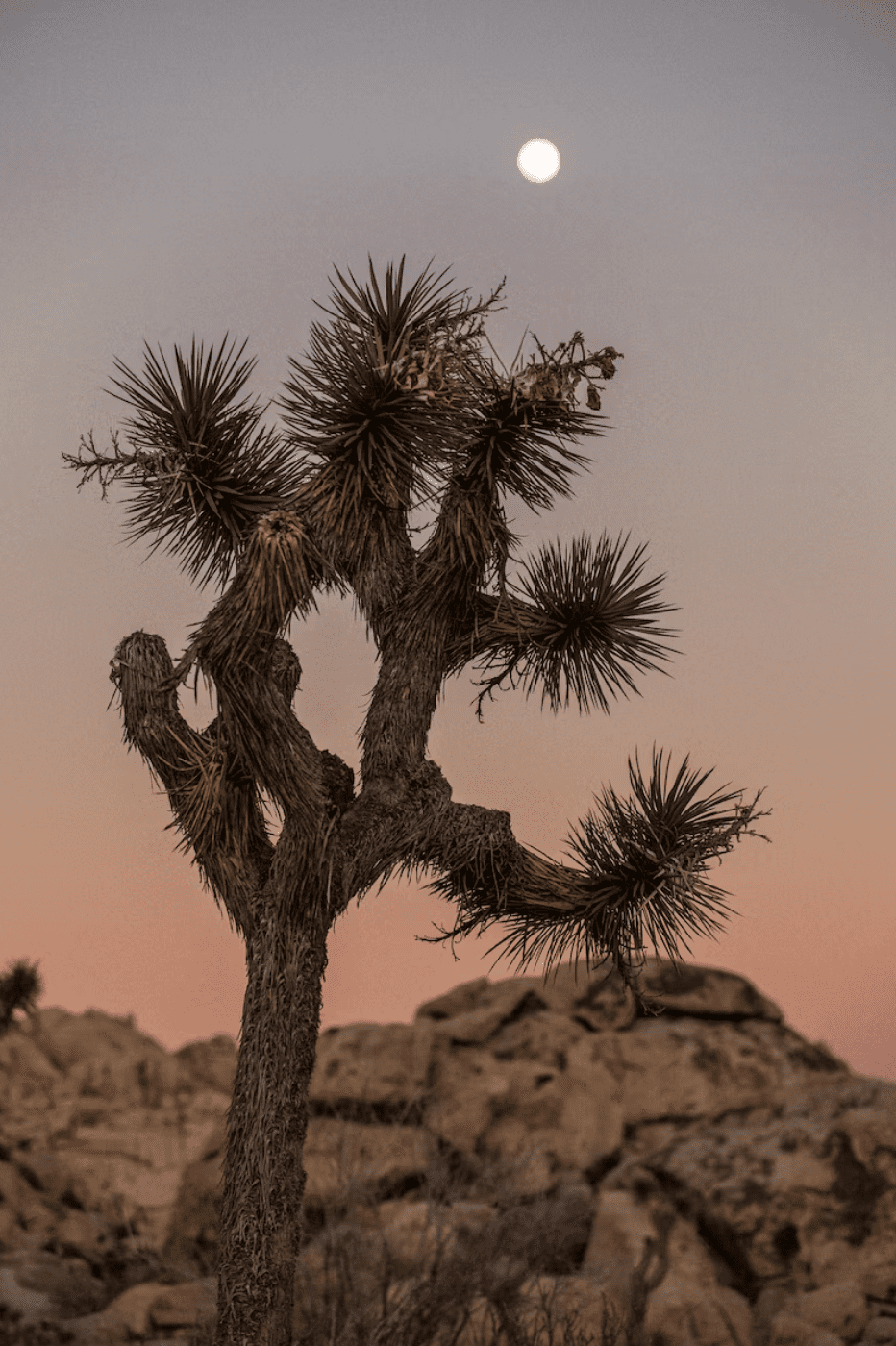
Various Joshua Trees
Find your favorite Joshua trees in the park! These unusual trees have a distinct shape and texture that makes for very attractive photographs, especially during golden hour, when the sun’s warm light warms the trees and surrounding terrain.
They are also excellent subjects for night photography when utilized to frame the Milky Way or other celestial phenomena!
These are just a few of the countless photo spot options available at Joshua Tree National Park. Whichever locations you select, keep the time of day and lighting conditions in mind for the best results.

What should I pack for a photography adventure in Joshua Tree?
These are the items that I suggest taking for a photography expedition in Joshua Tree National Park to guarantee you are prepared and comfortable throughout your shoot:
Camera Gear: A camera body, lenses, tripod, filters, additional batteries, and memory cards. It’s also a good idea to pack a camera case to safeguard your equipment and make transporting it all around easier, especially on your hikes.
If you intend to perform any night photography, you may also need to carry additional lighting equipment such as a flashlight, headlamp, or light painting tools.
Comfortable Clothing: Depending on the time of year, you may need to bring clothing suitable for hot or cold weather conditions. Layering is recommend because temperatures might change substantially during the day. A hat, sunglasses, and sunscreen are also recommended for sun protection.
Comfortable footwear: I highly recommend a solid pair of hiking boots or sneakers with good traction, particularly if you intend to explore some of the park’s hiking paths.
Water and snacks: It’s so important to remain hydrated in the desert, so carry lots of water. Bring some snacks or a small lunch to keep your energy levels up during your shoot.First aid kit: Being prepared for small injuries or emergencies is always a good idea. Prepare a basic first-aid kit containing bandages, pain medications, and antiseptic wipes.
Navigation: While GPS and cell phone service are accessible in some portions of the park, bringing a map and compass to assist navigate the more isolated places is still a smart idea.
Bringing these items ensures you’ll be well-prepared for your photographic journey in Joshua Tree National Park and will be able to focus on capturing the park’s spectacular vistas and distinctive natural characteristics.
GREAT JOSHUA TREE HOTEL DISCOUNTS USING MY EXPEDIA LINK:
Photography tips for photography in Joshua Tree National Park (sunrise, sunset and night):
Here are some tips and techniques to keep in mind for photographing Joshua Tree National Park at sunrise, sunset, and at night:
Sunrise photography
At Joshua Tree National Park, the optimum time for sunrise photography is roughly 30 minutes before and after the actual sunrise time. Arrive at your selected photography spot long before the sun rises to provide time to set up your equipment and discover your ideal compositions.
To capture the beauty of the early morning light, try several perspectives and compositions. To add depth and interest to your photographs, consider foreground items such as cactus or pebbles.
Sunset photography
The light at sunset at Joshua Tree National Park is gorgeous and warm, allowing for dramatic and vivid photographs. Just like sunrise, plan to arrive at your location long before dusk so you have enough time to identify a suitable composition and set up your equipment.
To get the perfect photo in lower lighting conditions, use a tripod to steady your camera and experiment with different shutter speeds and aperture settings. Adding a foreground feature in your pictures, such as Joshua trees or rock formations, can provide depth and intrigue.
Night Photography
Joshua Tree National Park is well-known for its dark skies and is an excellent location for night photography. Plan to arrive at your site long before dusk to provide enough time to set up your equipment and discover your favourite compositions.
To capture the magic of the stars and Milky Way, use a tripod to stable your camera and experiment with different shutter speeds and ISO settings. To catch as much of the night sky as possible, consider using a wide-angle lens. Bring a torch or headlamp to aid with navigation and to paint light onto your foreground pieces.
Carry a remote shutter release: Using a remote shutter release can assist eliminate camera shaking and provide crisper photographs while shooting in low light circumstances.
Use a polarizing filter: Polarizing filters can help decrease glare and increase color saturation, especially when photographing at sunrise and sunset.
Prepare for changing light: Because the best light in Joshua Tree National Park changes quickly, you should be prepared to modify your settings and composition as needed to obtain the best shot.
Don’t forget to be in the moment, too: Joshua Tree National Park is a lovely and unique destination, and it’s crucial to take time to appreciate your surroundings and the desert terrain!

Where are the best places to stay in Joshua Tree National Park?
There are a variety of options for accommodation in and around Joshua Tree National Park. Here are some of the best places to stay and what they offer:
Campsites
There are nine campsites in Joshua Tree National Park, each with varying degrees of facilities. Some are primitive, with just pit toilets and no running water, while others have running water, flush toilets, and even showers.
Most sites are first-come, first-served, although some may be scheduled ahead of time. Camping is a fantastic choice for individuals who wish to be immersed in nature while yet having convenient access to hiking paths.
The following are the nine campsites in Joshua Tree National Park:
Belle Campsite has 18 tent and small RV sites but no water.
Black Rock Campground has 99 tent and RV sites, as well as water and clean toilets.
Cottonwood Campground has 62 tent and RV sites, as well as water and clean toilets.
Hidden Valley Campground has 44 tent and small RV sites, as well as water and flush toilets.
Indian Cove Campground has 101 tent and RV campsites, as well as water and clean toilets.
Jumbo Rocks Campground has 124 tent and RV campsites, as well as water and clean toilets.
Ryan Campground has 31 tent and small RV sites, with no water.
Sheep Pass Campsite has 6 tent-only campsites with no water.
White Tank Campground has 15 tent-only campsites with no water. Picnic tables, fire rings, and hiking routes are available at all campsites. During high season, it is critical to verify availability and book reservations in advance.
Airbnb or vacation rentals
In the nearby area, there are several vacation rental and Airbnb possibilities, including cabins, cottages, and mansions. These alternatives to sleeping in a hotel or motel provide a more private and quiet experience. These are an excellent choice for families or groups of friends, and they frequently include facilities like a kitchen, a hot tub, and outdoor spaces.
Hotels and motels
Many different hotels and motels may be found in the adjacent communities of Joshua Tree, Twentynine Palms, and Yucca Valley. Swimming pools, restaurants, and in-room facilities are among the extras that these alternatives provide above camping or holiday rentals. They are an excellent choice for people seeking a more comfortable stay while being near the park.
GREAT JOSHUA TREE HOTEL DISCOUNTS USING MY EXPEDIA LINK:
Joshua Tree Retreat Center
The Joshua Tree Retreat Center, located just outside the park, provides a one-of-a-kind lodging experience. There are a range of lodgings available, including individual rooms and dorms. It also features facilities including a swimming pool, a hot tub, and meditation gardens. The facility is ideal for people seeking a calm setting and a retreat-like experience.
Glamping
Glamping, often known as glamorous camping, is a one-of-a-kind and opulent camping experience. Numerous firms in the vicinity provide glamping choices, such as safari tents, yurts, and RV rentals. Luxurious accommodations include luxuries like comfy mattresses, linens, and private bathrooms. These are ideal for individuals who want to feel close to nature while also being comfortable.
It is important to secure lodgings in advance, especially during peak season, since they can rapidly fill up in Joshua Tree. While selecting your accommodation, keep your budget, chosen degree of comfort, and proximity to the park in mind.
Have so much fun on your photography adventure at Joshua Tree National Park!

You Might Also Like…
Joshua Tree National Park in November: Complete Guide
Best Places to Go GLAMPING in Zion National Park
If you’re looking for other amazing places to visit in the USA, you might like these blogs too:
The Best Time to Visit Death Valley National Park
Big Sur Hotels: Where to Stay in Big Sur – Hotels, Campgrounds, Glamping
Big Sur, California: the Coastal Roadtrip of a Lifetime
The Best Time to Visit Death Valley National Park
Oregon Road Trip: The Best Hot Springs, Waterfalls and Photo Spots
Havasupai: The Complete Guide to Hiking & Waterfall-Chasing in Paradise
Angel’s Landing Hike, Zion National Park
The BEST Warm Places to Visit in October in USA
Best Warm Places to Visit in January in USA
Yellowstone Three-day Itinerary: An Ultimate Guide
GREAT JOSHUA TREE HOTEL DISCOUNTS USING MY EXPEDIA LINK:
PIN FOR LATER













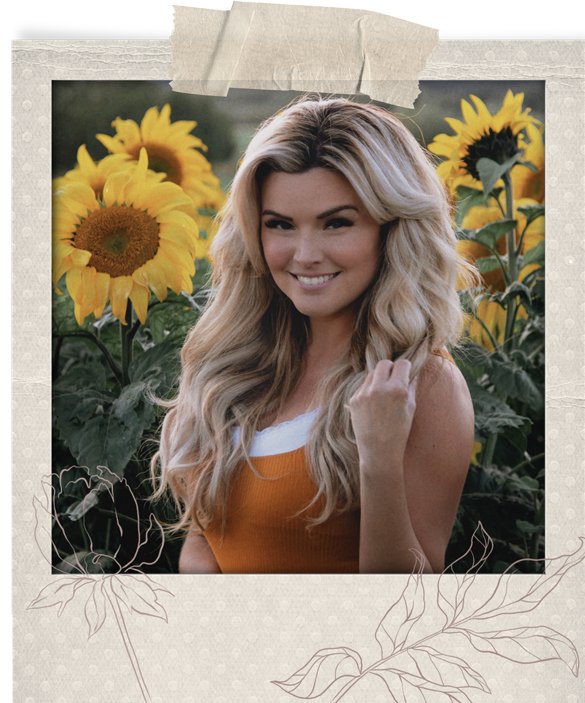





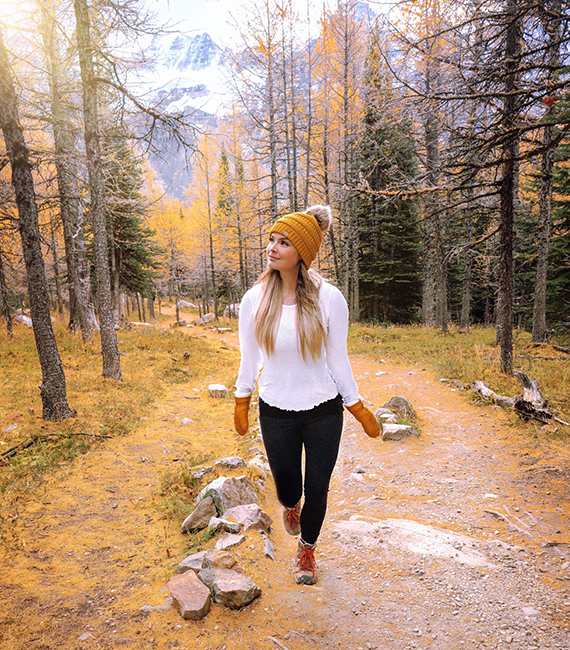


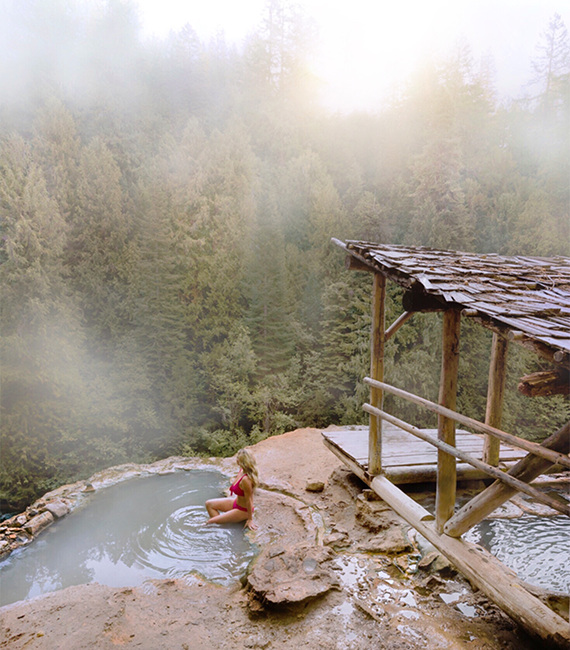

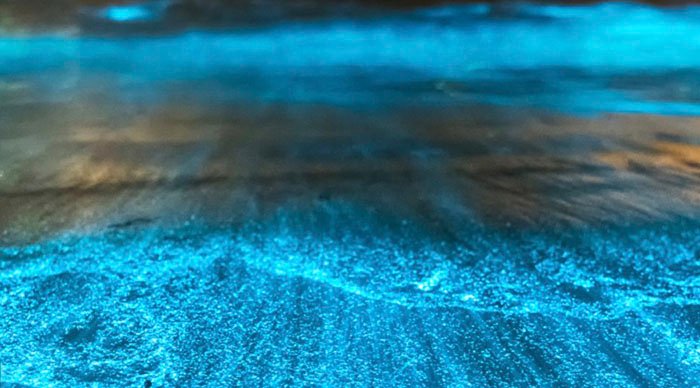
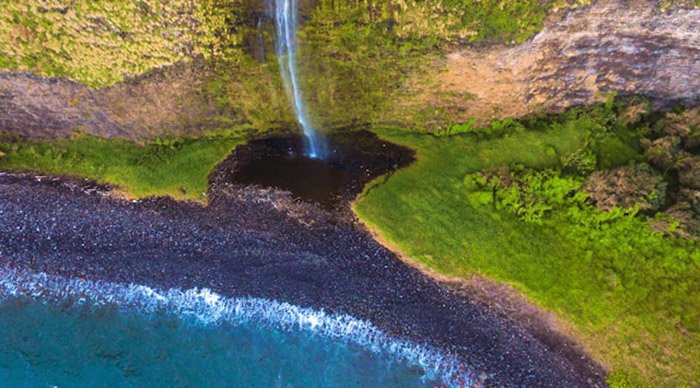
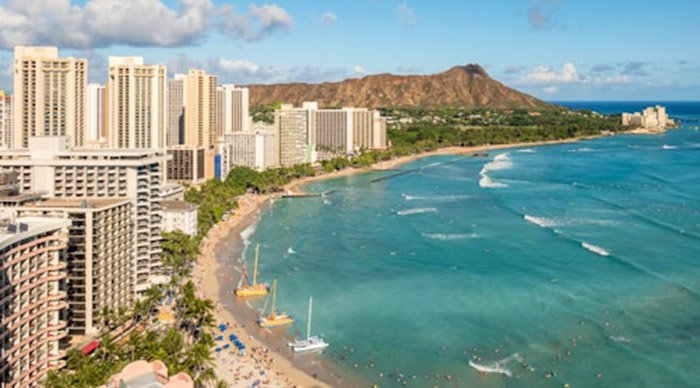

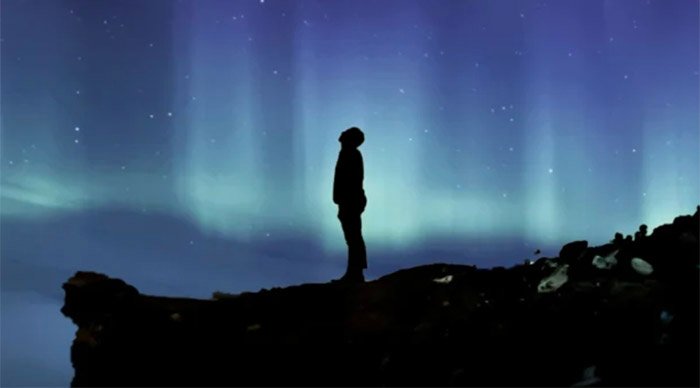




leave me a comment